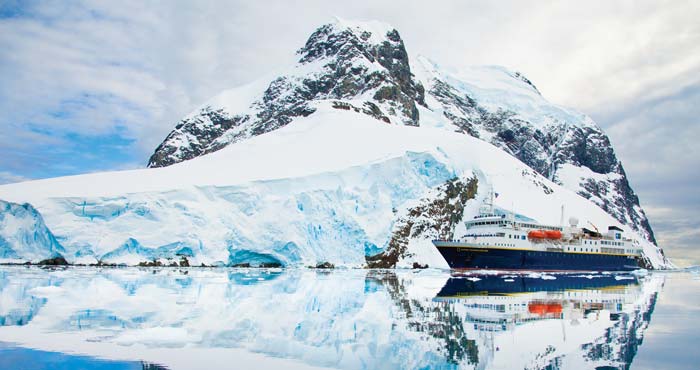
Rivers Fiji, part of the O.A.R.S. Family of Companies, has been selected by the World Travel & Tourism Council (WTTC) as one of 15 finalists for its 2015 Tourism for Tomorrow Awards. Considered the highest accolade for sustainability in the global travel and tourism industry, Rivers Fiji is one of only three companies in the Environment category being considered for the prestigious awards.
According to the WTTC, Rivers Fiji was selected for “protecting threatened forests and river systems” by running a low-impact commercial rafting operation in the Fijian Highlands of Viti Levu. And though the economic support given to the region is an important aspect of Rivers Fiji’s work—they’ve created jobs and given more than $1 million back to local communities in the last 15 years—it’s the unique conservation model the company helped foster that demonstrates the full extent of their commitment to sustainable tourism.
In 1998, Rivers Fiji, with the support of O.A.R.S. president and founder, George Wendt, and a group of local entities including two villages, nine mataqali (land-owning clans), a logging company and a government organization banded together to create the Upper Navua Conservation Area (UNCA). This unlikely public-private partnership included a 25-year land lease that has protected the area’s natural assets from logging, road building or mining in the fragile river corridor. Instead of quick money from resource extraction, the arrangement created long-term sustainability through tourism and one-day rafting trips year-round on the Upper Navua River.
Rivers Fiji also pioneered the establishment of Fiji’s first Ramsar site in 2006, which recognizes the UNCA as a wetland of international importance. Beyond these efforts, the company has developed outreach programs in partnership with local NGO Nature Fiji to provide educational river trips that enable local communities to experience first-hand the economic, environmental, and cultural importance of where they live. By supporting both community development and environmental conservation, Rivers Fiji programs strive to set the bar for ecotourism.
“The Upper Navua is a very special place which encapsulates the possibility of what ecotourism can achieve, to actively contribute to conservation and affect positive change,” said Wendt. “In cooperation with the team at Rivers Fiji and the commitment of local community partners, this is a wonderful honor and tribute to all those who have committed their time and vision to Rivers Fiji.”
The 2015 Tourism for Tomorrow winners will be announced during the 15th WTTC Global Summit in Madrid, Spain in April 2015.
Rivers Fiji’s mission is to enhance visitors’ and indigenous peoples’ awareness of, and appreciation for the culture and environment by providing activities that promote conservation and preservation through socially responsible and environmentally sensitive interaction with the people, landscape and ecosystems that make the Fijian Highlands so distinct and unique. To learn more, visit www.riversfiji.com and watch River of Eden, a short film by National Geographic Filmmaker & Freshwater Hero, Pete McBride at www.riverofeden.com.
O.A.R.S. has been providing whitewater rafting and nature-based vacations since 1969. Over the decades the company has set the standard in first-class rafting, sea kayaking and multi-sport adventures, with destinations and unparalleled experiences on over 35 rivers and coastlines around the world. In 2013 Outside, America’s leading multimedia active-lifestyle brand, named O.A.R.S. one of the top two outfitters in the world in its annual Active Travel Awards recognition program.
For more information on Rivers Fiji and O.A.R.S., trip availability, reservations or a copy of our 2015 Adventures catalog call 209-736-4677 or 800-346-6277, email info@oars.com, or visit: http://www.oars.com/.
Follow O.A.R.S.
Twitter: https://twitter.com/oars_rafting
Facebook: http://www.facebook.com/OARS.rafting
YouTube: http://www.youtube.com/user/oarsweb
Blog: http://www.oars.com/blog/
For more travel features, visit:
www.examiner.com/eclectic-travel-in-national/karen-rubin
www.examiner.com/international-travel-in-national/karen-rubin
travelwritersmagazine.com/TravelFeaturesSyndicate
goingplacesnearandfar.wordpress.com
‘Like’ us on facebook.com/NewsPhotoFeatures
Twitter: @TravelFeatures
New: Moral Compass: Great Places to Go Where the Going Does Good
moralcompasstravel.info
Check out our newest travel site for special deals, insiders’ tips at tidbitts.com: www.tidbitts.com/karen-rubin/where-in-the-world








